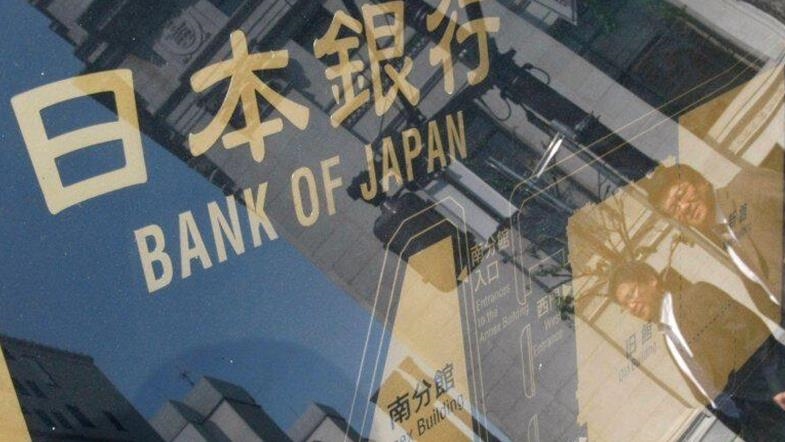The Bank of Japan is the sole authority in the country that decides and incorporates the monetary policy for the maintenance of price stability. The Bank needs to manipulate the rates of interest for the purpose of the Yen currency and financial control by using money market operations.
The monetary policy of Japan is decided at its Monetary Policy Board Meetings, which are also known as MPMs in short. At these meetings, the Board appointed for the task discusses the financial and economic situation of the country. It also looks into the monetary policy stance of the Bank for managing the immediate future.
Kavan Choksi Japan- votes for the monetary policy in the nation
Kavan Choksi Japan is an esteemed investor, business, and finance expert who is known for his rich knowledge of finance and economics. According to him, the Monetary Policy Board Meetings by the Bank of Japan are conducted eight times in one year for two days. Decisions about the monetary policies for the nation are made by majority votes by nine members belonging to the policy board that comprises the Governor, two Deputy Governors, and the remaining six members. The Bank deploys deep research and uses analysis of the financial and economic conditions when deciding on the monetary policy of the nation.
Transparency is made available to the public
The Bank of Japan immediately issues the decisions made on the monetary policy after the meeting. It also conducts press conferences regularly with the Governor, who is the chairperson of the Policy Board, to explain the nation’s monetary policy decisions. The Bank also issues the Summary of Opinions at every meeting along with the minutes of the meeting. The Bank releases the transcripts after every ten years to offer transparency to the people regarding the decisions that have been taken by the Policy Board. The Bank has 15 departments at its head office, 14 local offices, and 32 branches in the country.
Responsible for maintaining the monetary policy in the nation
The Bank of Japan, also known as BOJ, is the central Bank of the nation that has been operational since 1885 when it first issued the Japanese Yen currency (JPY). It is responsible for maintaining the monetary policy by settling the rates of interest and issuing and tracking the money as well as treasury securities. The Bank is also responsible for compiling economic data; it conducts regular research and analysis so that this information can be shared and made available to the people in the nation. The Bank, like most countries, is accountable for collecting economic data and producing it for analysis and research in the government.
Kavan Choksi Japan states that when it comes to the economy of Japan, it is advanced, with the Yen currency being one of the most important currencies on the globe. Though the public debt in the nation is high, the people are willing to accept low rates of returns. Japan is known for its trade and is a market leader in the field of automobiles, consumer electronics, and technology.

More Stories
Dorit Kemsley Net Worth 2023
Hugh Jackman Net Worth 2023
Marie Margolius Net Worth 2023